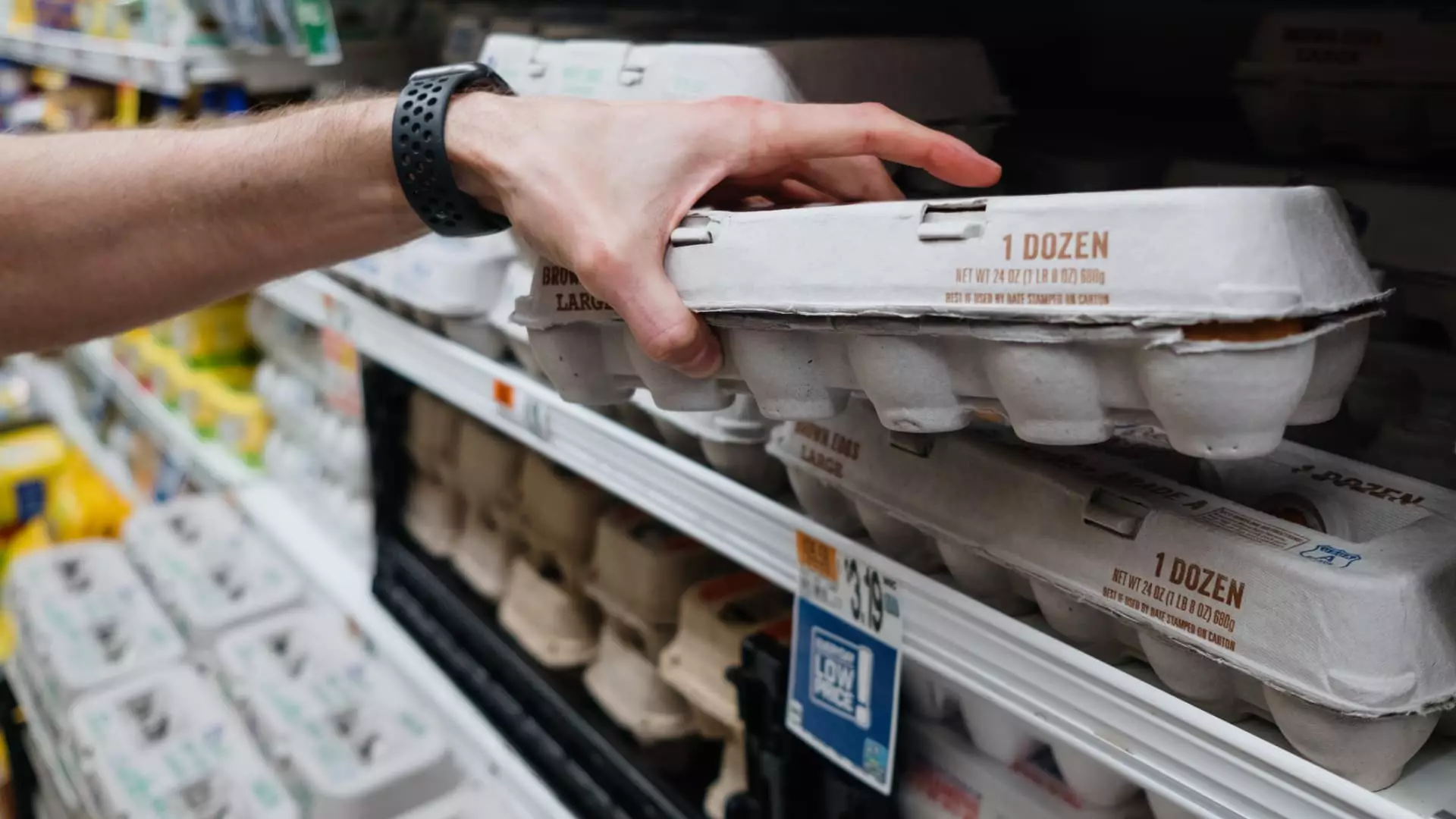Inflation has become a significant issue for economies worldwide, particularly in the United States, where the pandemic-induced surge in prices has led to widespread concern. However, recent reports suggest that this inflation might be losing its grip. Analysts indicate a notable shift in the inflationary landscape, particularly in August, as various economic indicators reflect a substantial deceleration in price increases. This article dissects the current status of inflation, its underlying causes, and the potential implications for policymakers and consumers alike.
A Positive Trend in Inflation Rates
In August, the Consumer Price Index (CPI), a critical measure of inflation, revealed an increase of just 2.5% compared to the previous year, a drop from 2.9% in July. This marks the lowest inflation reading since February 2021. Sarah House, a senior economist at Wells Fargo, notes that the overall inflationary pressures are “dissipating,” indicating a promising turn of events for consumers who have felt the pinch of rising costs throughout the pandemic. This shift is a stark contrast to the staggering peak of 9.1% experienced in mid-2022, which had not been seen since 1981.
Nevertheless, it is essential to consider the nuances in this positive trend. Despite the overarching decline in inflation, certain categories, particularly housing, remain a significant concern, continuing to exert upward pressure on inflation rates. The housing sector’s stubbornness in moderating prices reveals that while overall inflation appears to be on the decline, it is not without its complexities.
Economists emphasize that housing costs are a critical driver of inflation that cannot be overlooked. The shelter index represents the largest segment of the CPI and has increased by 5.2% since August 2023. Such an increase is alarming, as it accounts for over 70% of the annual rise in the core CPI, which excludes volatile items like food and energy. This anomaly in housing inflation poses a challenge for the Federal Reserve, which is striving to stabilize prices.
The traditional methods of calculating shelter inflation often lag in reflecting the current rental market conditions, leading to misleading indicators. In reality, many aspects of the rental market show signs of deflation, with average rents declining in recent quarters. Yet, government data indicates a different story, as rising shelter costs stubbornly persist. According to House, the situation is puzzling but points toward a future where shelter prices could eventually align with broader market trends.
The Federal Reserve’s Response: Rate Adjustments Ahead
Given this complex dynamic, the Federal Reserve finds itself at a critical juncture. With inflation appearing to be under control, albeit with certain exceptions, the central bank is poised to adjust its strategy. The shift from combating inflation to avoiding recession is paramount, especially given the cooling job market. After employing aggressive interest rate hikes during the pandemic to rein in inflation, many economists predict that the Fed will begin to lower rates in response to these evolving pressures. Expectations suggest a potential rate cut of 0.25% at the next policy meeting, providing relief to borrowers.
The historical context is crucial to understanding this response. Supply chains disrupted by the pandemic caused significant inflation across goods and services, demonstrating the fragility of economic recovery. With high consumer demand and rising labor costs influencing prices, the Fed’s actions were both necessary and impactful.
Interestingly, while some segments of the economy continue to face inflationary pressures, others have witnessed stability or even deflation. For instance, grocery prices have largely stabilized, with annual grocery inflation dropping to less than 1% in August from an average of 11.4% in 2022. Gasoline prices, once a significant contributor to inflation, have also seen a notable decline of around 10% year-on-year.
Despite these positive developments, certain categories such as motor vehicle insurance and medical care have experienced marked increases in prices. For example, motor vehicle insurance has risen by 16.5%, attributed to the previous spike in vehicle prices. As car prices begin to stabilize, it is anticipated that the high costs of insuring and repairing these vehicles will also diminish.
As we examine the current state of inflation, it is evident that while there are positive signs of decreasing overall rates, challenges remain, particularly with housing costs. For consumers and policymakers alike, understanding these dynamics is crucial in navigating a post-pandemic economic landscape. The Federal Reserve’s adjustments in interest rates will be critical in addressing these concerns, aiming for a balance between prompting growth and maintaining price stability.
Moving forward, continued vigilance will be necessary to monitor the unfolding economic trends and their impacts on everyday life, ensuring that the gains made in taming inflation are not only acknowledged but sustained in the long run.

